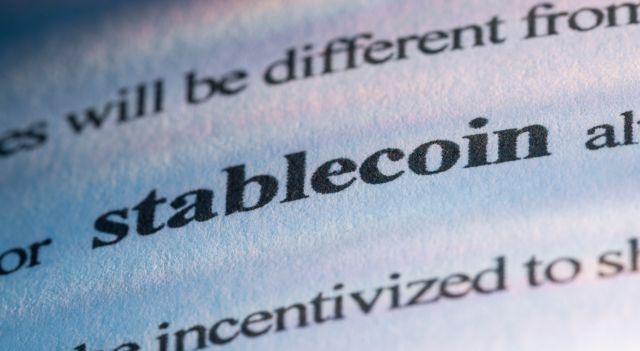Traditionally restricted currencies, such as the yen and the won, have gained international reach within the crypto ecosystem. The utility of a stablecoin pegged to an Asian currency in the context of financial digitization represents a new instrument for integrating local economies and global markets.
In the case of Japan, the full convertibility of the yen makes the JPYC stablecoin an effective means of exporting liquidity. It allows international investors to access cheap Japanese capital, using it on DeFi platforms to seek higher returns, a feat almost impossible with regional currencies of limited circulation.
This dynamic creates a digital version of the traditional Japanese “carry trade.” The investor borrows in digital yen, taking advantage of the Bank of Japan’s low interest rates, and invests in dollar-denominated assets with higher returns. The interest rate difference translates into profit, now operated via blockchain.
In the case of South Korea, the challenge is different. Its won has remained restricted by exchange controls since 1997, which limits its international movement.
Recently, the stablecoins KRWQ and KRW1 have emerged to circumvent these barriers. They create regulated digital versions that can operate across blockchains, theoretically in a secure and traceable manner.
These Korean stablecoins are not just financial instruments, but also tools for monetary policy and technological innovation. They aim to prepare the country for a tokenized economy, where transactions, settlements, and investments can occur without traditional intermediaries, but still under state supervision.
However, regulatory control remains, so to speak, a stumbling block. The Bank of Korea argues that only licensed financial institutions should issue stablecoins, while the private sector is pushing for more freedom for startups and decentralized protocols. The result is still a warning for caution, given that it is still an experimental model of monetary digitization.
The true usefulness of these digital currencies, therefore, depends on the balance between innovation and regulation. In Japan, the stability and free convertibility of the yen make the stablecoin a global catalyst. In Korea, restrictions still prevent the digital won from becoming a competitive financial tool outside the country.
For the DeFi ecosystem, Asian stablecoins bring currency diversity and new arbitrage opportunities. They enable access to yields in different currencies and reduce the almost exclusive dependence on the dollar as a benchmark of value in decentralized finance.
Therefore, the practical utility of these stablecoins lies in their ability to connect Asian markets to global digital finance. They not only digitize currencies, but also export monetary policies, liquidity, and geoeconomic influence in the increasingly decentralized and interconnected financial world.
Thus, the stablecoins JPYC, KRWQ, and KRW1 mark a phase in the Asian economy where national currencies gain global mobility while still reflecting the economic DNA of their nations of origin.
